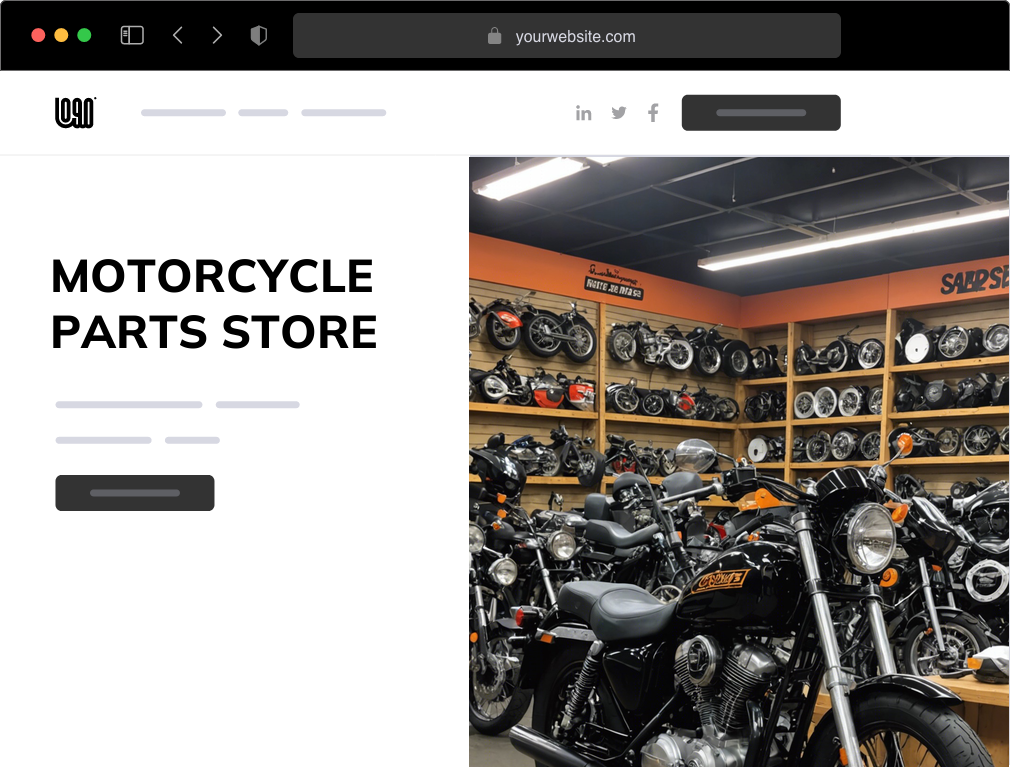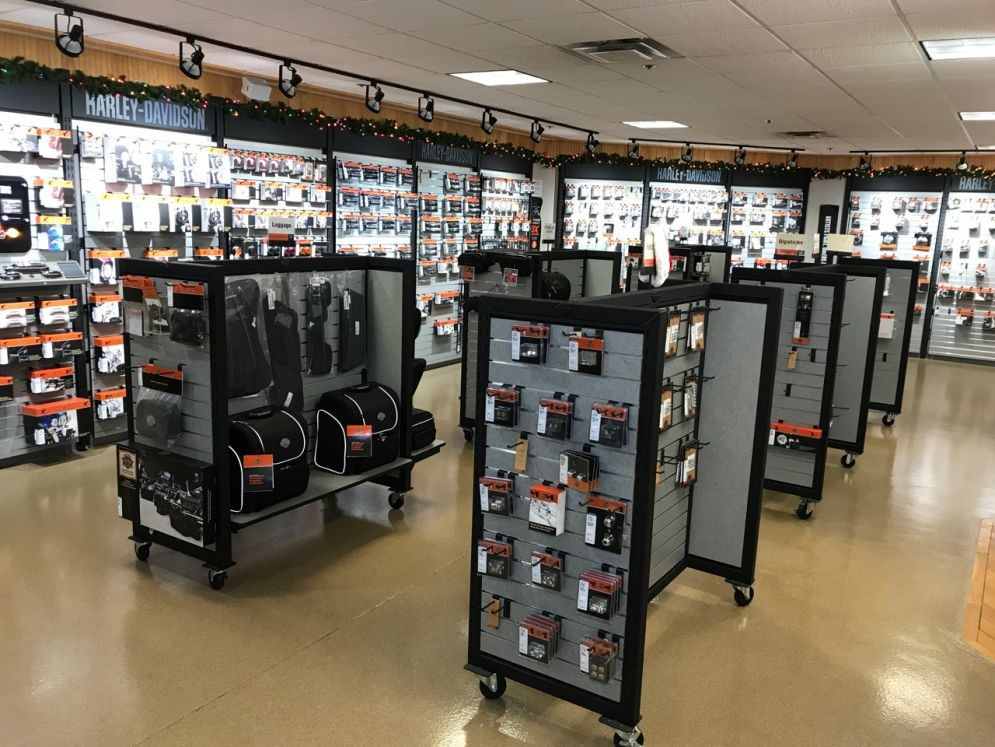Top MX Gear NZ: Prepare for Your Following Off-Road Journey
Top MX Gear NZ: Prepare for Your Following Off-Road Journey
Blog Article
Mastering Bike Gears: How to Maximize Your Riding Experience
In the realm of motorcycling, understanding the art of gear control is vital for enhancing your riding performance. Properly making use of and understanding motorcycle gears can considerably affect acceleration, control, and gas efficiency, transforming a typical experience into a smooth, thrilling journey. By incorporating specific change timing and adjusting equipment option to different road conditions, cyclists can guarantee optimal engine performance and safety and security. The nuances of clutch control, throttle control, and gear mechanics bid a much deeper exploration, promising to open the complete capacity of your equipment. Exactly how can these methods be harnessed to absolutely optimize your riding experience?
Understanding Gear Mechanics
Exactly how do the ins and outs of equipment auto mechanics affect motorcycle efficiency? At the core of motorcycle characteristics, equipment technicians play a pivotal function in transforming engine power right into motion, inevitably dictating speed and control. Gears, meticulously crafted components, allow cyclists to maximize torque and rate, ensuring a seamless transition through different surfaces and rates. The gear ratios, carefully created, figure out the relationship between engine changes and wheel turns, influencing velocity and gas performance.
Comprehending gear technicians starts with identifying the importance of the gearbox, which houses several gears of differing dimensions. These gears connect through a procedure understood as meshing, where teeth of various gears engage to transmit power.
Furthermore, the principle of equipment shifting is indispensable to optimizing performance. Smooth and prompt changes make certain that the engine runs within its ideal power band, protecting against unneeded pressure and boosting longevity (motocross gear). By comprehending these mechanical ins and outs, bikers can achieve an unified mix of control, power, and efficiency, elevating their riding experience
Timing Your Changes
Change timing proficiency is essential for maximizing bike efficiency and improving the riding experience. Appropriately timed changes make certain that the engine runs within its optimal power band, which is essential for preserving control, achieving smooth acceleration, and guaranteeing the longevity of the bike. Motorcyclists should establish an instinctive feeling of when to change gears, which entails recognizing the connection between engine transformations per min (RPM) and rate.
To master shift timing, pay attention to the engine's audio and feel, as these provide crucial hints regarding when to alter gears. When the engine approaches the upper variety of its power band without getting to the redline, the perfect shift point typically occurs - motorbike shop. Moving as well early can bring about an absence of power, while changing also late may trigger unneeded engine strain
In addition, road conditions and riding style influence change timing. For example, in city settings, smoother and much more regular changes may be required to navigate web traffic effectively. In contrast, throughout freeway riding, fewer shifts at greater rates can be much more suitable. Exercising in different atmospheres will enhance your capacity to time shifts specifically, eventually raising your riding experience to a specialist level.
Enhancing Gas Effectiveness
While grasping motorbike equipments is important for efficiency, boosting gas effectiveness is equally vital for both environmental and economic factors. Optimum gas usage not only minimizes functional costs however also minimizes the eco-friendly impact of riding. To accomplish this, one should understand the elaborate connection in between gear choice and engine performance.
To start with, choosing the appropriate equipment at ideal speeds can considerably influence gas consumption. Riding in a greater equipment at lower speeds can cause engine carrying, which is destructive to both fuel economy and engine health and wellness. Conversely, riding in lower equipments at high rates leads to unnecessary gas intake. Therefore, maintaining an ideal balance by changing equipments abreast with roadway problems and prepared for maneuvers is essential.
In addition, routine maintenance plays a crucial function in gas efficiency. Making sure that the motorcycle is well-tuned, with tidy air filters and properly inflated tires, can lower and boost aerodynamics gas wastefulness. Taking on a riding design that welcomes steady velocity and smooth next page slowdown can add to better fuel economy.

Techniques for Smooth Transitions
Achieving smooth equipment changes is fundamental to enhancing the riding experience and making certain the durability of a motorbike's transmission system. Appropriate gear changing not just adds to a smooth ride however also lessens damage on the mechanical components. To understand Learn More the art of smooth changes, motorcyclists must concentrate on a few vital strategies.

Second of all, clutch control plays a pivotal function. Involving and disengaging the clutch smoothly calls for method. The clutch bar should be launched slowly, allowing for a smooth transfer of power from the engine to the wheels without triggering a shock or abrupt motion.

Adjusting to Road Problems
Navigating diverse road conditions is a vital skill for any type of motorcyclist intending to keep control and safety. Whether you're riding on damp surface areas, gravel roads, or browsing doglegs, your capability to adapt your equipment use and riding technique is extremely important. Comprehending how to readjust your equipments appropriately can dramatically affect traction and stability, guaranteeing a more secure journey.
In comparison, when riding on crushed rock or uneven surface, lower equipments are more suitable. Reduced equipments provide far better control and allow you to react even more quickly to unforeseen changes in the road surface.
Sharp contours require specific gear administration to balance speed and control. Downshifting prior to entering a curve can assist maintain momentum while making certain the motorcycle stays stable throughout the turn. Constant technique in varied problems boosts your ability to anticipate and respond to changes in road texture and incline.
Conclusion
Grasping bike gears considerably boosts the riding experience by improving velocity, fuel, and control performance. A complete understanding of gear mechanics and specific shift timing makes sure the engine operates within its optimal power band, while smooth changes through effective clutch and throttle coordination increase comfort and performance. Adjusting equipment option to numerous roadway conditions, such as utilizing higher equipments on wet surfaces and lower gears on crushed rock, more boosts handling and safety and security. Inevitably, these skills boost the overall trip.
Recognizing equipment technicians begins with acknowledging the importance of the gearbox, which houses several equipments of differing sizes. These gears communicate with a process understood as meshing, where teeth of different equipments involve to transfer power (motorcycle shop). Gentle changes to visit homepage the throttle throughout equipment shifts can stop jerky motions and preserve a consistent riding pace
Whether you're riding on damp surface areas, crushed rock roadways, or browsing sharp turns, your capacity to adjust your gear usage and riding strategy is extremely important. Adjusting gear option to numerous road problems, such as using higher gears on wet surface areas and lower equipments on crushed rock, more boosts handling and safety and security.
Report this page